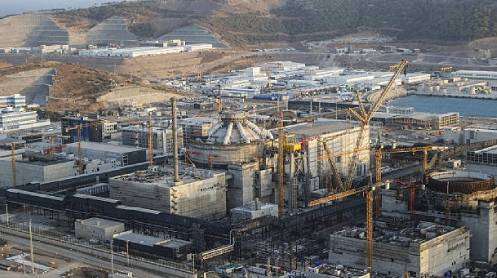ISLAMABAD: The federal government is set to roll out a landmark 10-year initiative to replace 88 million old and inefficient electric fans across Pakistan, aiming to significantly reduce energy consumption and promote energy-efficient appliances. Backed by a Rs2 billion fund under the innovative “On-Bill Islamic Financing” model, the scheme will cover all power distribution companies, including K-Electric.
The programme will target nearly 60% of the 147 million fans currently in use nationwide. Expected to deliver peak energy savings of 6,000–7,000 megawatts, the plan is anticipated to be officially launched by the prime minister later this month.
Loans for the new fans will be offered at Karachi Interbank Offered Rate (KIBOR) plus 2%, with the government providing a 10% first-loss guarantee to minimize lending risk. Consumers will repay the loan in instalments via their monthly electricity bills, facilitated by power companies, banks, and payment agents like NADRA, 1-Link, and commercial banks.
The National Energy Efficiency and Conservation Authority (Neeca) will spearhead the implementation, working with fan manufacturers, banks, and IT partners. The Power Information Technology Company (PITC) will provide API-based access to consumer data to streamline onboarding, while the Punjab Information Technology Board will support technological execution.
Targeting low-income households with inefficient fans, the scheme offers repayment options ranging from 6 to 18 months. The estimated net cost per replacement fan is Rs10,500. Neeca and the Ministry of Climate Change will also manage carbon financing benefits arising from the project.
Finance Minister Muhammad Aurangzeb, who chaired a high-level review meeting, praised the initiative for advancing energy efficiency, financial inclusion, and economic stability. He called for swift completion of all preparatory work to launch the first phase within weeks.
The programme is part of the government’s broader energy and economic reform strategy and is expected to help reduce capacity payments, shift consumer habits, and promote sustainable energy use nationwide.







